ADULT BOOKS 1

SUMMER/FALL 2014
________________________________________________________________________
ADULT BOOKS 1
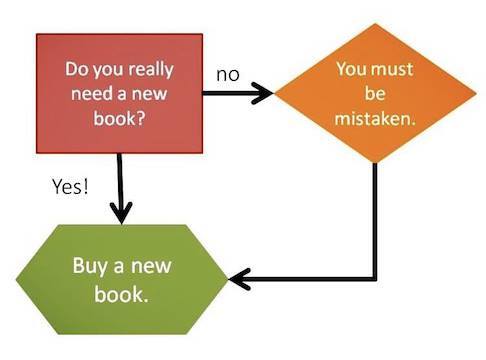
“Read a book – don’t be afraid – no, no, no, no.” PYLON
REVIEWS
________________________________________________________________________
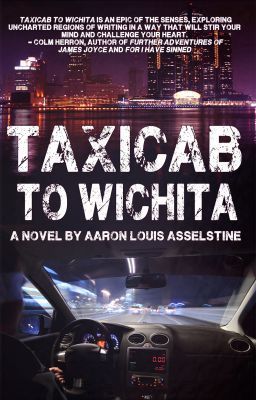
Local author and musician Aaron Louis Asselstine releases his debut novel (well, second written, but first one published) and produces a warped and wonderful road trip story.
I do wish it were something more original than the story of a junky taxi driver conveying a bank robber from Ontario to Kansas. Where is the adventurousness and risk-taking in narrative? (Yes, sarcasm)
Along the way, they encounter unusually sentimental Customs officers, thieves with a penchant for Chinese food, and Youtube entrepreneurs, as could only reasonably be expected.
Some of the similes and metaphors in this book are just so out there that they remind me of the Internet meme of ‘bad’ comparisons written by high school students, many of which I wish I had penned and used. A reference to an ‘evil little air conditioner’ just about made me spit up my ginger ale.
I am not going to ruin the ending, except to say that the author’s style and unparalleled narrative voice managed to make it a surprise, which is not common when it comes to me (I realize that sounds egotistical, but I’m just that kind of reader), particularly in light of the book’s ample foreshadowing.
If you want On The Road as written by the love child ofThomas Pynchon and David Foster Wallace (and you know you do), I recommend this volume to you whole-heartedly.
________________________________________________________________________
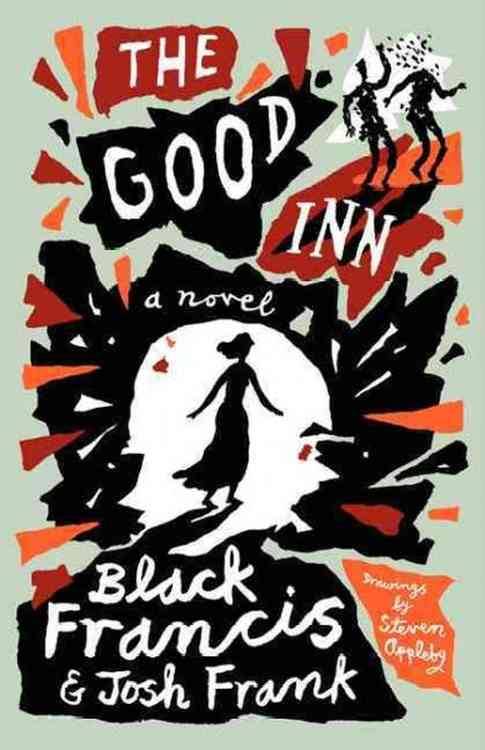
There is some tradition in rock music of fake tie-ins to movies. Stuart Murdoch of Belle and Sebastian did an album of songs for a movie called “God Help The Girl” in 2009 (though as irony would have it, the movie has FINALLY been made, and is to be released in September – but it was ‘fake’ for a long time…); Acid Mothers Temple did a purported soundtrack for a Russian porn film (I’ve not been able to find any proof the cinematic work exists, but the LP/CD does); Naz Nomad and the Nightmares(the Damned) performed a score for an imaginary 60s film called “Give Daddy The Knife, Cindy”. There are doubtless others (Prince’s contributions to “Under The Cherry Moon” don’t count, because that film sadly DOES exist).
Leave it to Black Francis of Pixies fame, with assistance from collaborator Josh Frank and illustrator Steven Appleby , to complicate matters even further, by creating a script/book for an imaginary cinematic masterpiece at least tangentially inspired by a lost film from 1908, La Bonne Auberge/The Good Inn, which has the arguable distinction of being the first explicit stag film (there were peep-shows and the like before then, but rather tame ones). It wouldn’t be the surreal work of a musician who has referenced Bunuel (who appears in the novel) if it didn’t contain alternate universes (one with Soldier Boy and Nicole; one with George andNicky (not that the two remain neatly separated)), time travel, doppelgangers and characters bursting into song (Francis in fact made instrumental demos for some of the songs, which would be used for the resurrected Pixies soon), not to mention a tie-in to a battleship that blew up in 1907 while carrying nitrocellulose, which is the material from which film stock was made, (not so) coincidentally enough.
If you are looking for a coherent, linear plotline, you clearly have not followed the work of Mr. Francis. However, it is a wild ride, and the illustrations are nothing if not lurid, darkly funny and suitably off-kilter. You will most assuredly not be bored…
________________________________________________________________________
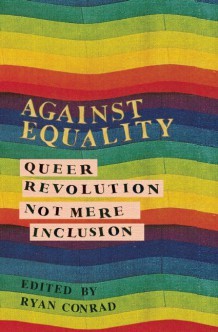
This volume compiles three publications by the Against Equality Collective on three hot-button issues: queer marriage; the lifting of DADT; and the prison-industrial complex.
The original publications consisted of reprints from various sources, both print and online. While some of them are dated now, they are still documents of their moment in time and continue to contain thought-provoking perspectives and news not covered by mainstream media.
The section on the prison-industrial complex was particularly interesting to me, as someone who lives in a town which, until recently, was a major plant of that business, and also because it documents some truly horrific cases of which I was perhaps shamefully unaware.
However, there are some very interesting ideas in the other two sections, which have largely been neglected or dismissed by the gay-mainstreaming movement.
I highly recommend this to anyone who, like myself, has looked at the whole “you can get married, join the army and make sure only ‘good’ queers get to walk the streets” package and said: “I have some questions about this, and I don’t think it makes me homophobic or ‘against progress/equality’ to ask them.” The book is mostly written in approachable, non-academic language, which should broaden its appeal and widen the broadcast of ideas that need to be contemplated in the wake of increasing homogeneity disguised as ‘freedom’.
________________________________________________________________________
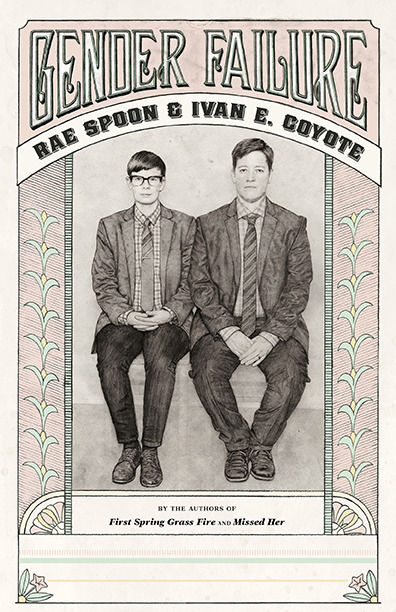
Ivan E. Coyote, noted author, and Rae Spoon, singer/songwriter/recording artist, produce a volume of meditations, observations and thought-provoking essays about/against/questioning the gender binary.
As a person whose body happens to correspond to his identity, it provided me with perspective on what it can be like to know that one’s gender does not match one’s body/acculturation, or that gender itself is a repressive, simplistic, non-applicable concept. I was pleased that Rae, in one of their entries, proposes an opt-in plan for those who may feel relatively comfortable in their bodies/categories, but who have reservations and would rather NOT be lumped in with the likes of Ted Nugent , Donald Rumsfeld, Liz Cheney or Condeleeza Rice.
With humour and autobiography, the authors provide a poignant and highly enjoyable read worth contemplation and consideration.
________________________________________________________________________
The basic premise of this collection of several comic issues (supplemented by bonus material, alternate covers, pin-ups, etc.) is that Henry Rollins, the noted singer/actor/spoken word artist, andGlenn Danzig, singer of The Misfits and Samhain (and famous cat owner), are a gay couple whose neighbours are Hall & Oates, who happen to be Satanists (so there is some basis in reality).
Glenn, whose issues with his mother have certainly been documented in his work, is blessed/cursed with that kind of sweet, Christian parent who some not entirely unforgiveable part of you wants to lock in a vault under the ground forever. Henry is similarly coupled/burdened with Glenn.
The earliest work in this comic is not exactly narrative – more disconnected and somewhat surreal (and this book avoids one or two of the more contentious images from the original publications) – but it does eventually become an oddly endearing domestic black comedy (well, if your idea of endearing includes S&M, a Satan who is resembles a late camp British hard rock singer, and a Charonwho is Cher).
With a foreword by Rob Halford that is vaguely threatening to conceptualist/artist Tom Neely (it should not be surprising to anyone that I found that a turn-on), this book is an edgy but darkly funny tribute to two of the more visually and outward-personality-wise foreboding figures in Los Angeles punk.
In case you were wondering, Henry is aware of the comic’s existence and has said he approves, though claims not to have read it. Glenn, not so much.
________________________________________________________________________
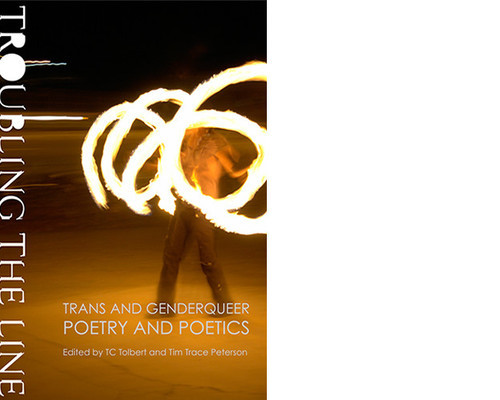
ed. TC Tolbert and Tim Trace Peterson, Troubling The Line: Trans and Genderqueer Poetry and Poetics (Nightboat Books, Callicoon, NY, 2013)
A massive collection of poetry and poetics by, as the title trots it out, trans and genderqueer poets of varying degrees of smoothness, integration and approachability, not to mention amount of acceptance by the canon/cannon.
Not all that surprisingly, a fair amount of it deals with fracturing and questioning poetic forms as too restricting and binary. Much of it is written by people with other minority/marginalized identities, so that this is not a book meant only for a small number of people who happen to have variant/outsider senses of gender identity; instead, it addresses the dilemma of being ‘other’ to one’s peers, one’s family, one’s culture and sometimes even oneself.
Interestingly, it is organized alphabetically by first name, sometimes the easiest part of one’s nomenclature to change (if your birth name is Alexandra, it’s not that difficult to get Alex as how you are to be addressed) and arguably the most ‘personal’. Of course, as that most personal component, it is the portion most frequently disputed, clung to and virtually colonized by one’s loved ones and/or family.
Aimee Herman’s “i/dentity (packed)” is a fragmented meditation on growing up as a non-conforming child. Its folding in of portions of Valerie Solanas’ “The SCUM Manifesto” situates her work along the lines of simultaneous erasure and fetishizing of female identity, and also ties in to themes of childhood abuse both experienced.
On the other extreme, someone like Stacey Waite writes quite smoothly and with dark humour in works such as “Letter From Thomas Beattie to The Media” and “The Kind of Man I Am At The DMV”.
The most famous names here would be: Eileen Myles, in terms of recognition by awards and peers (if those are particularly valid measures), who has a relatively approachable and, again, laughing-to-keep-from-crying feel (charm and humour are often survival tools for us freaks…); and Max Valerio, whom I had the pleasure of meeting at a talk some fifteen years ago, and whose work is more experimental and concerned with the unexpected placements of words on paper and lines (tidy sentences are often too gendered and concerned with ‘everything in its place’ to serve even those of us who are more or less comfortable in our bodies as they were socialized…).
The editors are to be praised for their efforts to cover a wide range of classes, backgrounds, ethnicities and, yes, gender presentations. It is a fascinating and sometimes heart-rending volume, and I highly recommend it, even/especially for the gender-euphoric.
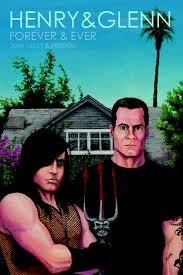
No comments:
Post a Comment